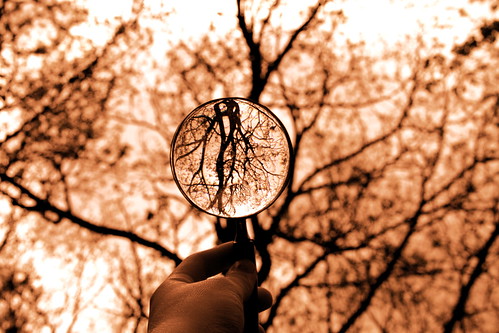The Research strand of creative development is all about fueling fire. Inspiration can come from many places, and in this strand, your students need to seek it out.
The biggest trap kids get into in this strand is copying. They see something cool, and they decide to replicate it. The more we can push kids past this imitation the better. Sir Ken Robinson defines creativity as, "the process of having original ideas that have value.” Imitation is not original.
Investigation can be both inspirational and practical. In Genius Hour/20% Time, kids could get inspired by sites like Pinterest or Etsy, looking at neat projects others have done. They could read Fast Co Exist to learn about really interesting innovations happening in all kinds of fields all over the world.
I taught an option class last year called Innovation & Technology, and kids used an amazing site called DIY to focus their work. On DIY, kids choose challenges based on personal interest, and create pieces of work to complete the challenge. As they do challenges, they earn badges, sort of like a virtual Boy Scouts. With each challenge, there are links to videos and sites of both kids and professionals who have completed the challenge. These videos and links were incredibly inspirational to my students trying to decide what to try. I have to admit, though, that many did just copy what they saw others doing. I needed to work really hard to push my students beyond that.
Research can also be very practical. In 20% Time last year, one of my students wanted to write a blog about basketball. She spent a good chunk of time looking at different blogging platforms, and deciding which one would work best for her. These practical considerations were very important to the success of creation.
In the subject areas, research can also involve discipline research. If students are, for example, creating something in Social Studies class related to the European Renaissance, a good understanding of this period in history would be important. We did a Renaissance Faire when my students studied the Renaissance last year, and two of my boys decided they wanted to learn about swordplay. They researched Renaissance techniques in sword fighting, taught themselves how to do it, and then demonstrated their new skill to others at the Renaissance Faire.
The curious thing about the Investigation strand is that it's highly personal. I'm currently reading Teach Like a Pirate by Dave Burgess, and in it, he writes about he bought a Honda Odyssey and then all of a sudden started seeing them everywhere. You know how that goes, right? You learn a new word, and then suddenly you see it everywhere? It was there all along, of course, but because it comes to your consciousness, then your brain starts picking it up. Research and Investigation works in much the same way. Just exposing yourself to everything you can about a topic or an idea will help you see things you didn't see before, and will fuel the idea generation strand coming up next.


No comments:
Post a Comment